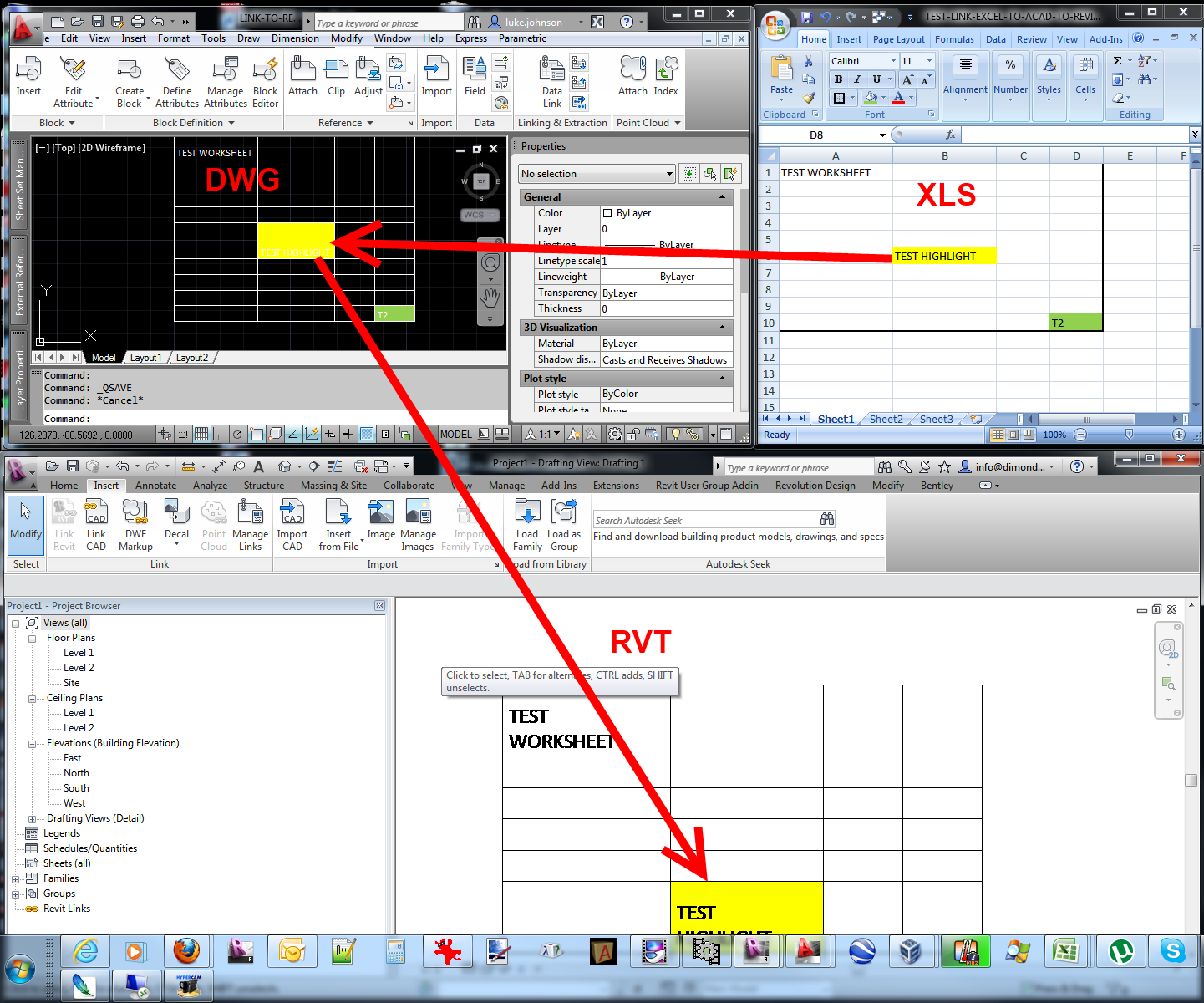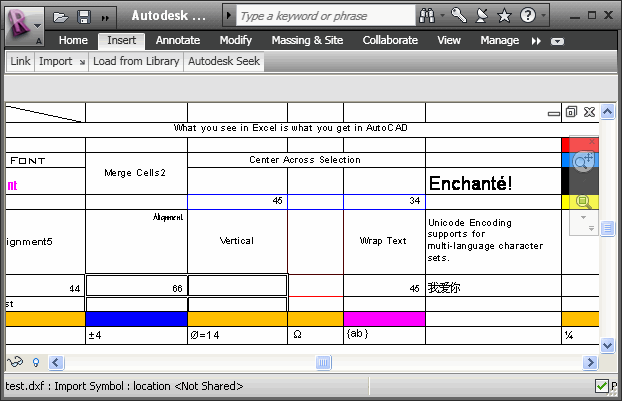Mastering the Art of Data Assimilation: How to Seamlessly Import Excel Info Into Revit
In this post, we will direct you with the procedure of grasping the art of information assimilation. Obtain all set to prepare your Excel information easily and follow our detailed overview to import files into Revit. With our best methods, you'll accomplish information combination success in no time.
Comprehending the Value of Information Combination in Revit
Comprehending the significance of information combination in Revit is critical for smooth importing of Excel documents. When you incorporate information from Excel right into Revit, it enables you to effectively update and manage information throughout the whole task. This assimilation makes certain that your style and building process is exact and current.
By incorporating data, you can easily import and upgrade specifications, schedules, and also geometry in Revit. This removes the requirement for manual information entrance, saving you time and lowering the danger of errors. With Revit's information assimilation capabilities, you can keep uniformity and precision in your task, while additionally boosting cooperation among staff member.

Exploring the Excel Documents Layout for Revit Assimilation

In order to successfully incorporate Excel data into Revit, it is essential to ensure that the information is formatted correctly. This consists of appropriately labeling rows and columns, along with structuring the data in a manner that works with Revit's data schema. Revit makes use of certain parameters and groups to arrange data, so it is necessary to line up the Excel data with these criteria to guarantee a smooth combination.
Additionally, it is crucial to note that Revit just supports specific information types when importing from Excel. These consist of text, numbers, and days. Any other information types, such as solutions or conditional formatting, will not be identified by Revit and may create problems during the assimilation procedure.
Preparing Your Excel Data for Seamless Import Into Revit
To ensure a smooth combination process, you'll require to properly layout and tag the columns and rows in your Excel information prior to importing it right into Revit. Beginning by examining your Excel data and determining which rows and columns consist of pertinent details for your Revit project.
Next, make certain that the data in each column is appropriately formatted. If you have a column for measurements, make certain that all dimensions are continually formatted in the same units of dimension. Revit depends on regular format to accurately translate and import information.
Furthermore, it is essential to examine for any kind of vacant cells or disparities in your information. Revit may not be able to check out or import data from cells that are vacant or have errors. It is recommended to evaluate your Excel information and cleanse up any kind of incongruities prior to importing it into Revit.
Step-By-Step Guide to Importing Excel Info Into Revit
Once you've correctly formatted and labeled your Excel data, you can conveniently import it into pop over here Revit by following this step-by-step overview. To begin, open Revit and browse to the "Insert" tab. Click on "Import CAD" and choose "Import Excel" from the dropdown menu. A brand-new window will certainly appear, asking you to situate the Excel file you desire to import. Browse your computer system and choose the Excel documents, discover this then click "Open."
Next, a dialog box will certainly show up, enabling you to tailor the import settings. Right here, you can choose the worksheet you want to import, define the range of cells to import, and choose the appropriate systems for your data. When you have actually made your selections, click "OK" to proceed.
Revit will certainly now show a sneak peek of your Excel data. Take a minute to assess the preview and make sure that whatever looks proper. If needed, you can make modifications to the import setups by clicking the "Setups" button.
Finest Practices for Information Assimilation Success in Revit
Make certain you adhere to these ideal practices to ensure effective assimilation of data in Revit. It is vital to organize your information in Excel prior to importing it into Revit. Be conscious of the information and units types when mapping the see this website information, as any type of discrepancies can lead to mistakes in the assimilation procedure.
An additional essential method is to regularly confirm and upgrade your information. As your project progresses, it is necessary to maintain your Excel data as much as day with any kind of adjustments made in Revit. This will certainly help maintain the precision and consistency of your information across both platforms. Additionally, make usage of information validation devices within Revit to determine any mistakes or variances in the integrated information.
Finally, it is advised to establish a clear process for data assimilation. This includes specifying responsibilities and duties, establishing an interaction channel between group members, and developing a regular cadence for data updates and reviews. By complying with these best methods, you can make certain a successful and seamless combination of information in Revit, eventually enhancing the effectiveness and accuracy of your job.
Final Thought
In verdict, mastering the art of data integration is essential for seamless import of Excel files into Revit. Understanding the importance of data integration in Revit is the first action in the direction of effective assimilation.
When importing information from Excel into Revit, it is essential to comprehend the data style and exactly how it can affect the integration process (revit tools). Revit uses specific parameters and groups to arrange information, so it is essential to align the Excel information with these criteria to make sure a seamless assimilation
Be conscious of the data and devices types when mapping the data, as any kind of disparities can lead to errors in the integration procedure.
Furthermore, make use of information recognition tools within Revit to recognize any type of errors or inconsistencies in the incorporated data.
